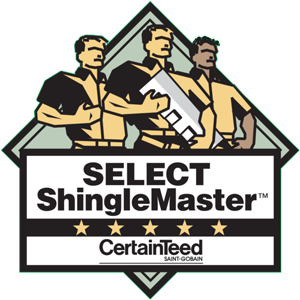A warranty is a guarantee that a product or service will last.
A roof warranty can be offered by the manufacturer or the roofing contractor that installed the roof. When reviewing a roof warranty document, you should take note of these essential details.

Who Is Covered?
Your roof warranty should specify who it benefits. It is normally the original owner of the product. But if the warranty is transferable, the subsequent owner of the product would also benefit from the existing coverage. This type of warranty usually comes with strict guidelines, such as the time duration during which the transfer must take place after the house sale. In some cases, there is a cost involved with transferring the warranty from the original owner to the new one.
What Is Covered?
On your warranty document, search for details regarding the specific products that are covered and other information on eligibility, such as proper installation by qualified contractors. The document should also include the remedy if there is a defect. Are tear-off costs covered? How about reinstallation costs?
What Is Not Covered?
Some manufacturer warranties detail various scenarios that are not covered, such as installation errors by unqualified roofers or damage from debris impact.
What Is the Time Limit?
Coverage periods may vary depending on the component, such as asphalt shingles or vents, or the feature, such as wind resistance or algae resistance. Make sure you pay close attention to these particulars.
What Is the Claims Process?
Your roof warranty should have a dedicated section explaining the process of filing a claim. This should include where to send it and how to deal with disputes.
Need help restoring your damaged roof? Contact Burr Roofing, Siding, & Windows at (203) 660-2009. You can also complete our convenient online form to schedule a consultation. You can count on our team to deliver great results on time and within budget.
Tags
Subscribe to Burr Roofing, Siding & Windows's Blog





Comments